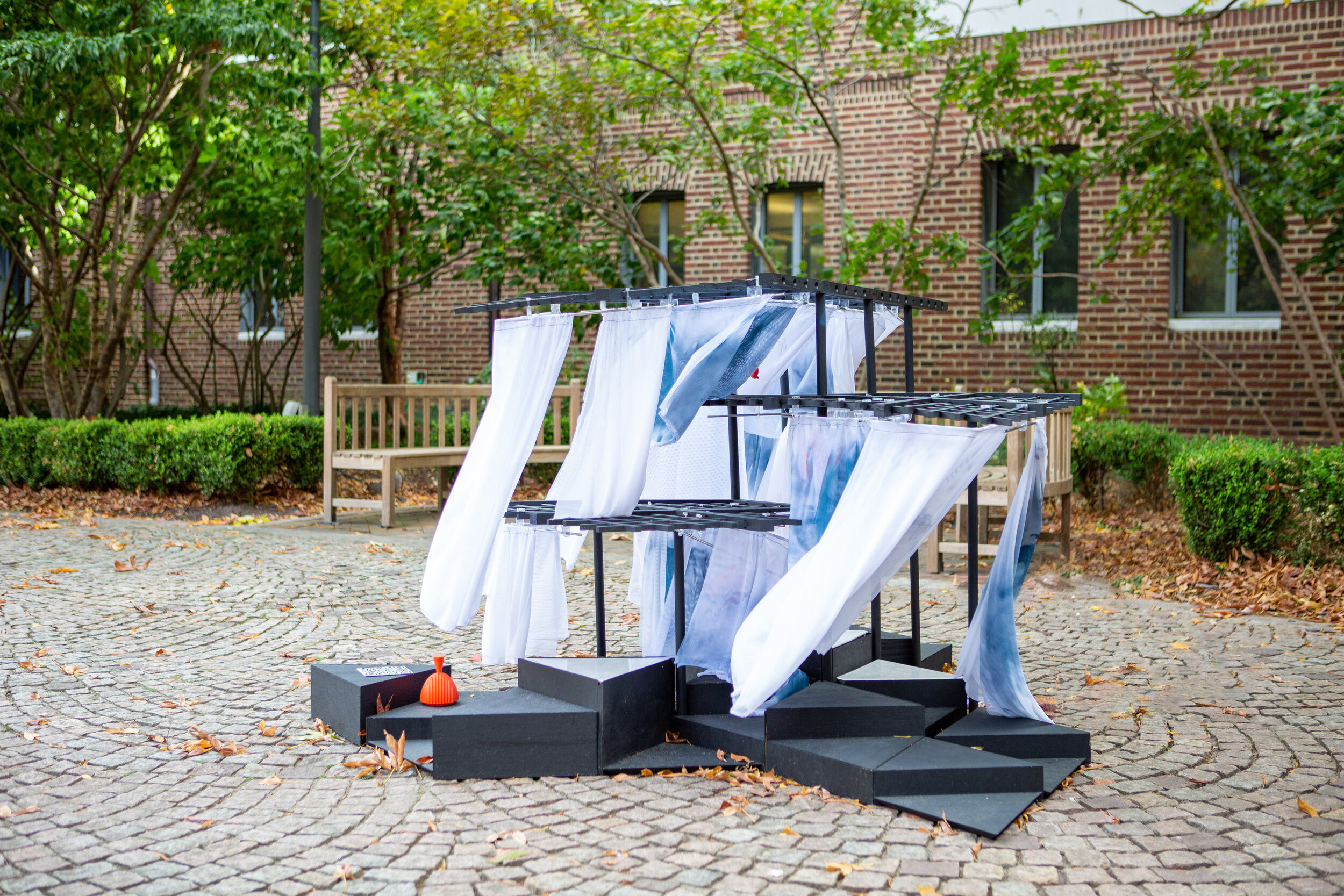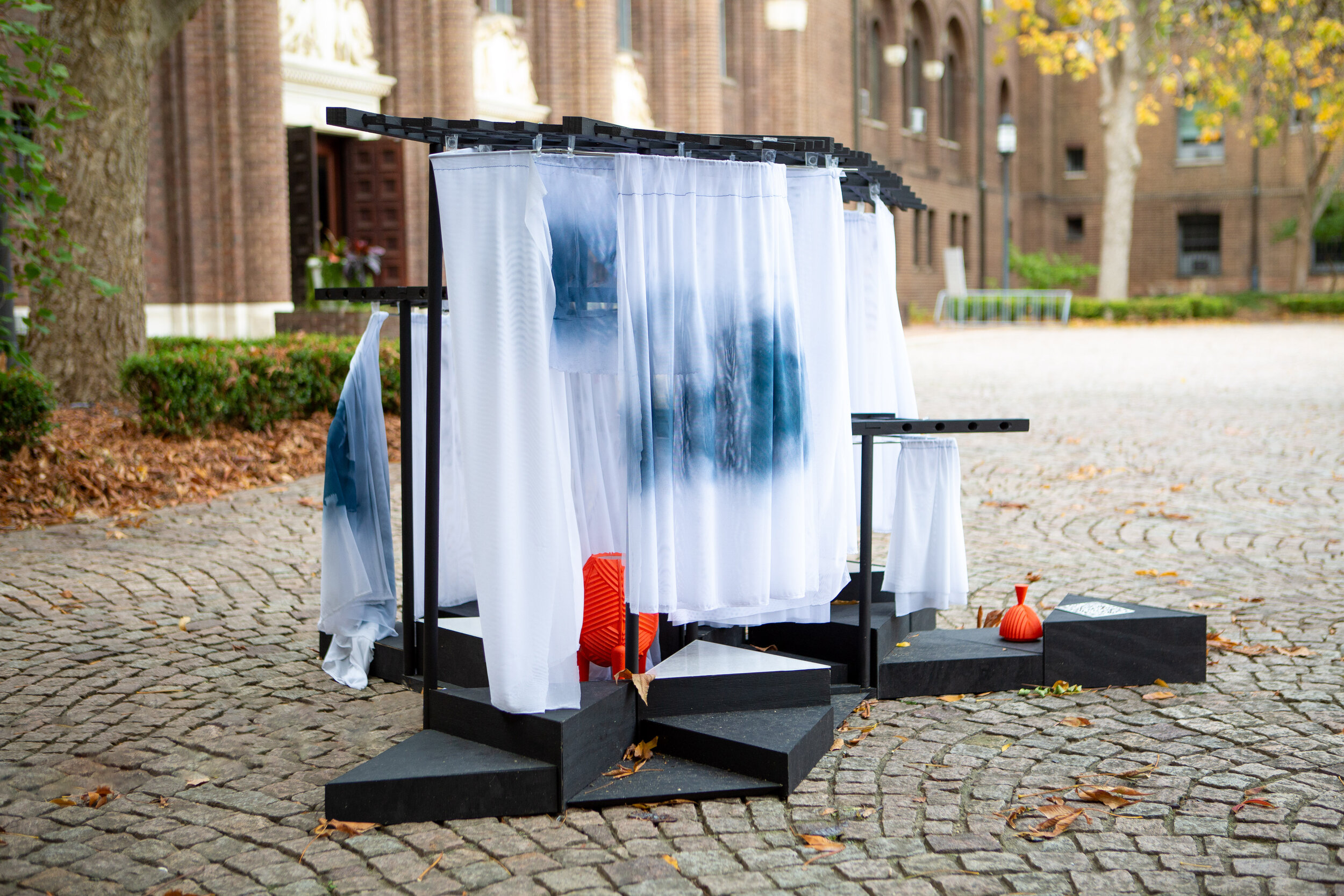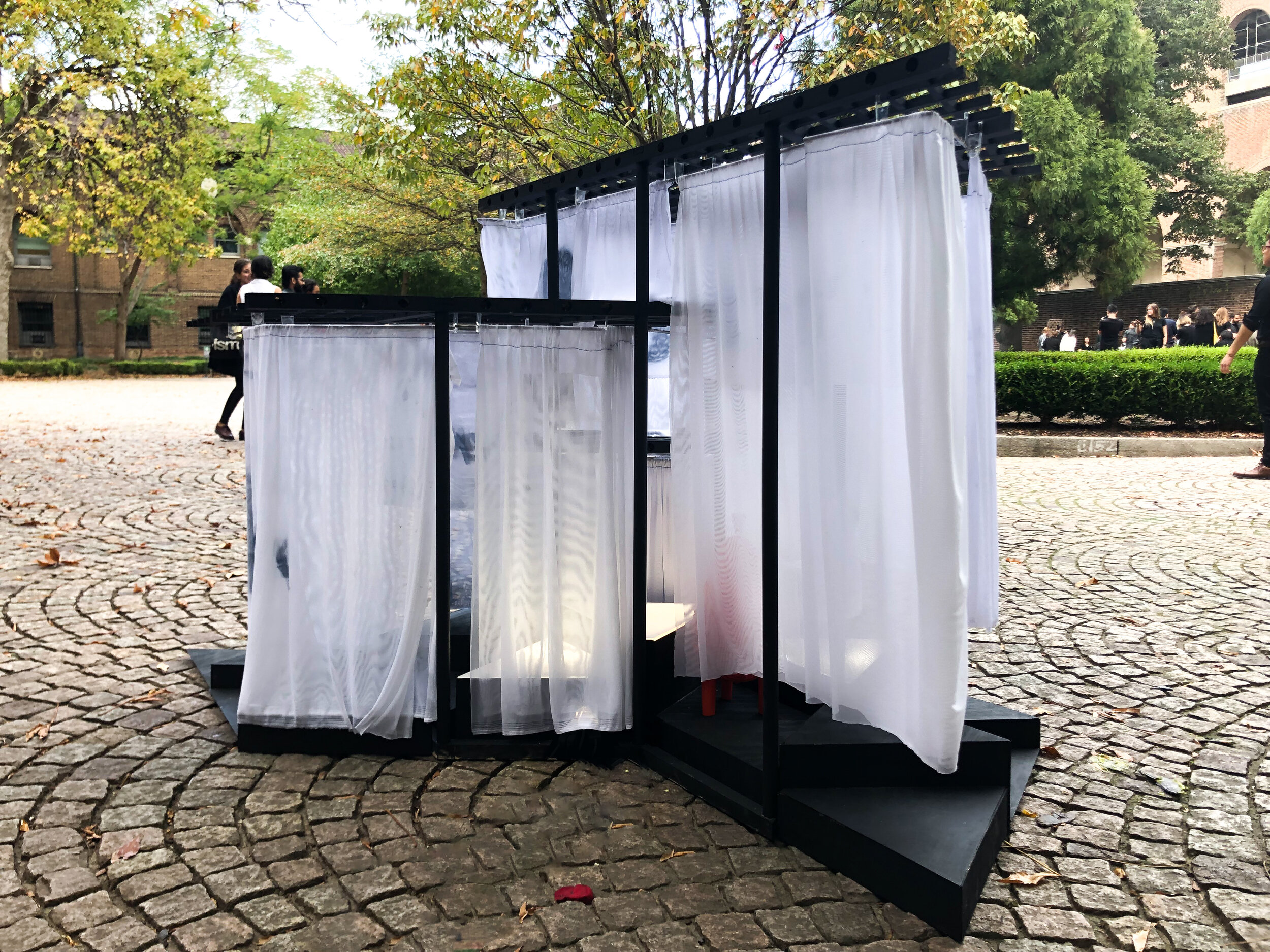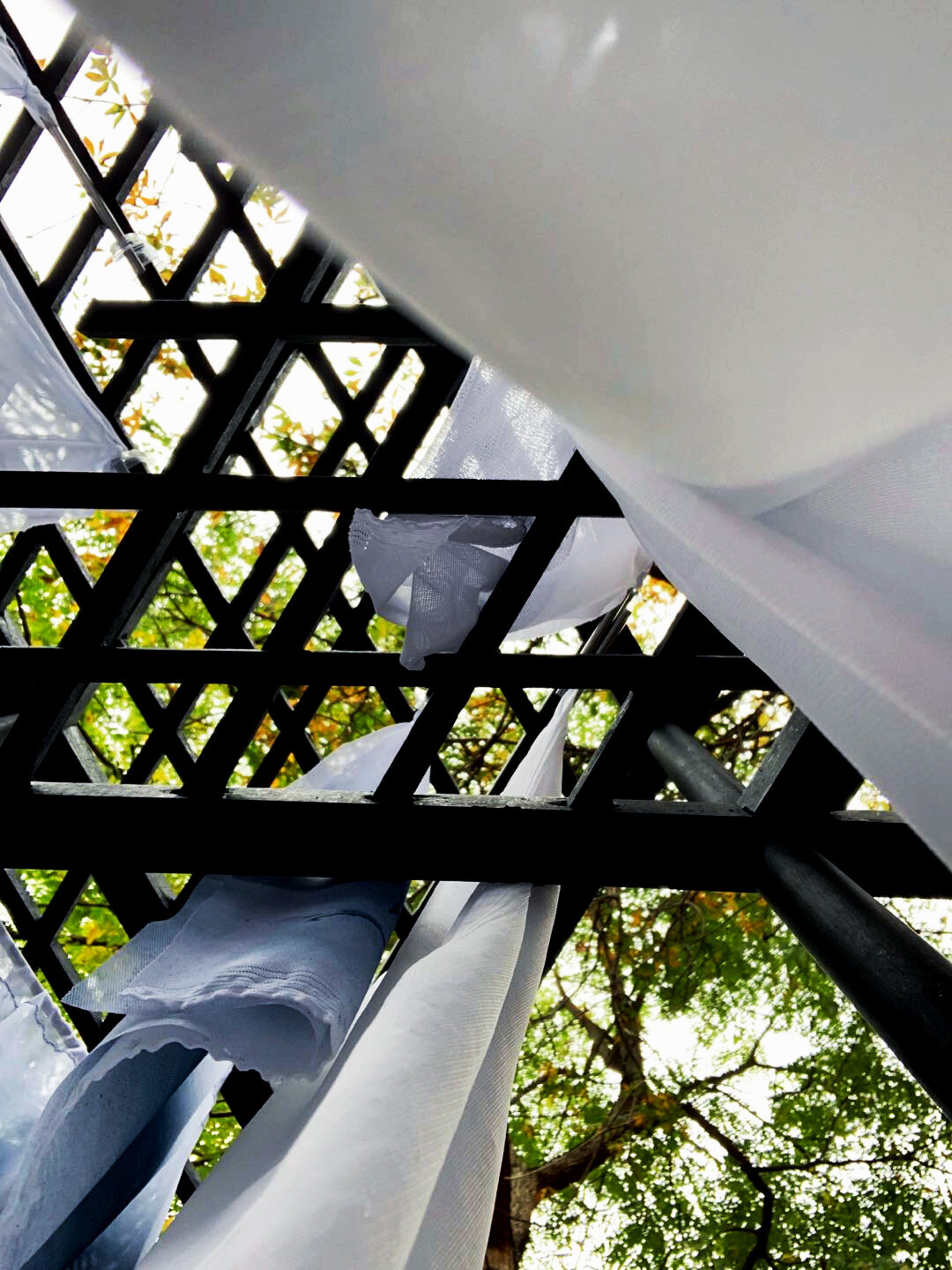Layer to (Mis)Represent
CRITIC
Eduardo Rega Calvo
TEAM
Anna Lim, Changzhe Xu, Liam Lasting, Yuxiang Qi
AXONOMETRIC VIEWS
Museum curation, and the artifacts contained within its displays, are often layered with biases. Our project focuses on such biases that were inherited from histories of imperialism, rooted in social, economic, and political inequalities. Because despite the good intentions of historians and researchers, it remains impossible to fully represent the deep wells of history that each artifact is drawn from.
We offer an alternative method of curation that could establish a framework to better communicate the highly complex histories of museum artifacts. Layer to (Mis)Represent is an exhibition cabinet that enables the layering of simple interchangeable parts, imagery, and texts to allow for a juxtaposition between misrepresentations and representations. Through the form of a Modernist Duck (Learning From Las Vegas, Venturi Scott Brown), our system uses curtains as screens along a dynamic grid to project, carry, and layer information, allowing for a plurality of ever-growing stories around each object. Through the action of pulling apart each layer, visitors can discover the deeply complex depth of information that is inherent to any artifact and at the same time compose their own interpretations.
The project offers a critique and an alternative to the usual exhibition design strategies of archeology, ethnography and anthropology museums. Layer to (Mis)Represent creates a dynamic and flexible system that focuses more on artifacts’ controversial histories and less on their visual appearance. Against the static vitrine that exposes the objects, it is a dynamic apparatus, capable of encapsulating multiple dimensions and perspectives per artifact, and suggests a continuous accumulation of content over time.
CONCEPT
FABRICATION
ASSEMBLY
EXPLODED AXONOMETRIC
IN SITE
















